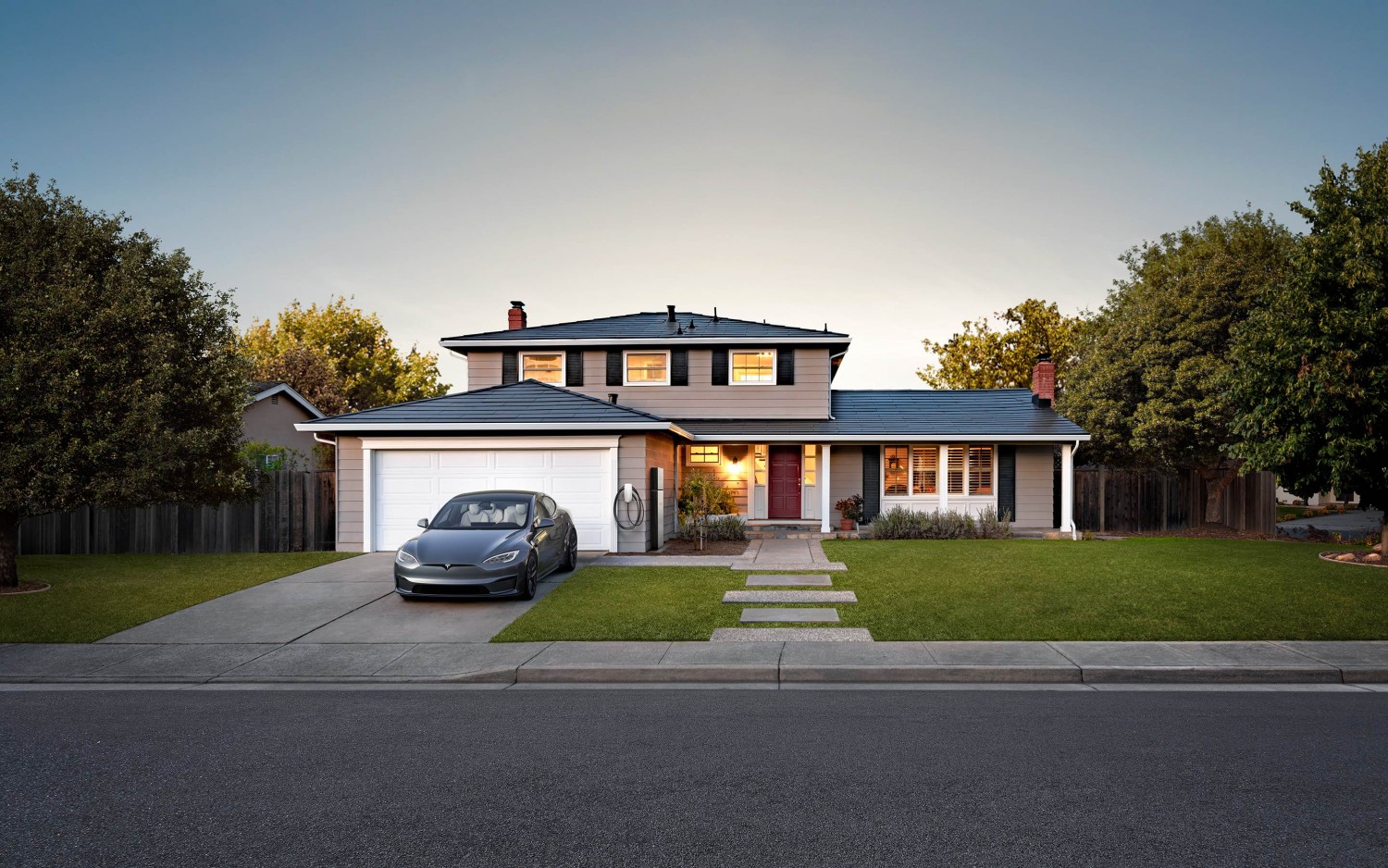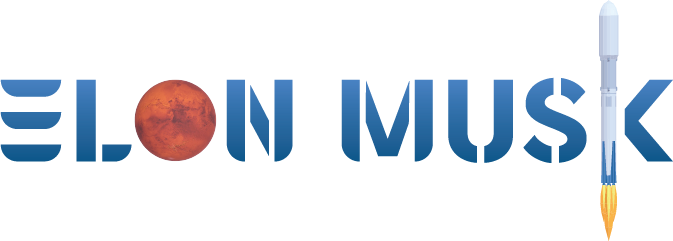
Tesla says semi-autonomous driving is safer than human drivers for these 3 reasons. What to know
- by USA Today
- Aug 08, 2025
- 0 Comments
- 0 Likes Flag 0 Of 5

Tesla's FSD (Supervised) feature is one of the most advanced semi-autonomous driving features available.
FSD (Supervised) is trained on the cumulative driving experience of all Tesla EVs that use the feature, according to the company.
Tesla says its EVs are safer than human drivers for a number of reasons.
This story has been updated to add new information.
Are cars that can (mostly) drive themselves actually safer than human drivers?
Tesla is one of the automakers leading the charge to a semi-autonomous and fully-autonomous future for drivers. The clean energy and electric vehicle company isn't alone in this endeavor. Chevrolet (Super Cruise), Ford (BlueCruise), and Volkswagen (IQ Drive) are some of the many automotive powerhouses getting in on the semi-autonomous action.
So, are cars that do most of the driving safer than actual human drivers? Here's what Tesla thinks and why the company may actually be on to something despite a clear bias.
Why Tesla Full Self-Driving (Supervised) could be safer than human drivers
Can machine outdrive man? Tesla says that FSD Supervised, its semi-autonomous driving feature, "makes traffic much safer for you and other road users".
According to Tesla, three key reasons why FSD (Supervised) is safer than the average driver are that the system doesn’t drive under the influence, never gets tired, and doesn’t experience road rage.
The National Highway Traffic Safety Administration says that "every day, about 34 people in the United States die in drunk-driving crashes". That works out to a person every 42 minutes dying in a completely preventable car crash. So, Tesla makes a valid point regarding FSD (Supervised) being safer than drivers because of drunk-driving.
Drowsy-driving-related crashes resulted in 633 preventable deaths in 2023, according to NHTSA. Unlike a human driver, the FSD (Supervised) system does not get fatigued over time. As for Tesla's point about road rage, the software cannot have emotional reactions to driving situations like a human. The debate is much more nuanced than Tesla's simplified case for FSD (Supervised) vs. average human drivers, but the system does have some advantages.
How does Tesla FSD (Supervised) work?
Tesla's advanced driver-assistance technology uses an intelligent onboard computer, cameras, radar, and ultrasonic sensors to accelerate, decelerate, and follow navigation-provided routes. It requires the full attention of a driver but does not need physical stimulus to drive or steer.
Semi-autonomous driving technology has been advancing for years through features like advanced cruise control. Tesla's FSD (Supervised) is one of the most advanced and commonly used semi-autonomous systems to date.
The feature is subscription-based and costs $99.00 per month. It may seem like an expensive add-on, but the feature can completely transform a user's driving experience.
Autonomous driving is the next frontier
Semi-autonomous driving may seem futuristic, but automakers and companies are already investing millions of dollars into fully-autonomous vehicles and technology. Tesla Robotaxi, Waymo, and China's Apollo Go are ushering in the era of the self-driving car.
These vehicles are capable of transporting passengers to their destinations without having a driver in the driver's seat. It's important to note that many robotaxi services still require an attendant to monitor the vehicle in early stages.
Driver assistance and safety technology has come a long way in the past few decades. Features like backup camera are now standard on all new vehicles. Automatic emergency braking is much more common on new vehicles. In a few years, semi-autonomous driving features could be normalized to the point that they are standard and integrated into the way modern Americans drive.
Not everyone thinks autonomous vehicles are safe
There are several cases for why semi-autonomous driving features could enhance the abilities of a driver, but fully-autonomous vehicles are a different story. Some Americans are amazed by the technology and others find it untrustworthy and frightening.
There have been multiple instances of autonomous vehicle crashes and dangerous driving behavior posted to X. Drivers have witnessed everything from collisions to a Waymo attempting to reverse near busy intersection traffic.
The technology may be impressive, but it certainly isn't infallible (thus far). Semi-autonomous and autonomous vehicles have a long way to go before they are universally recognized as safe transportation options in America.
Featured Weekly Ad
Please first to comment
Related Post
Stay Connected
Tweets by elonmuskTo get the latest tweets please make sure you are logged in on X on this browser.
Sponsored
Popular Post
Sam Altman's OpenAI Takes On Elon Musk's Grok in AI Chess Tournament Final - Who Won?
28 ViewsAug 09 ,2025






 Energy
Energy

















